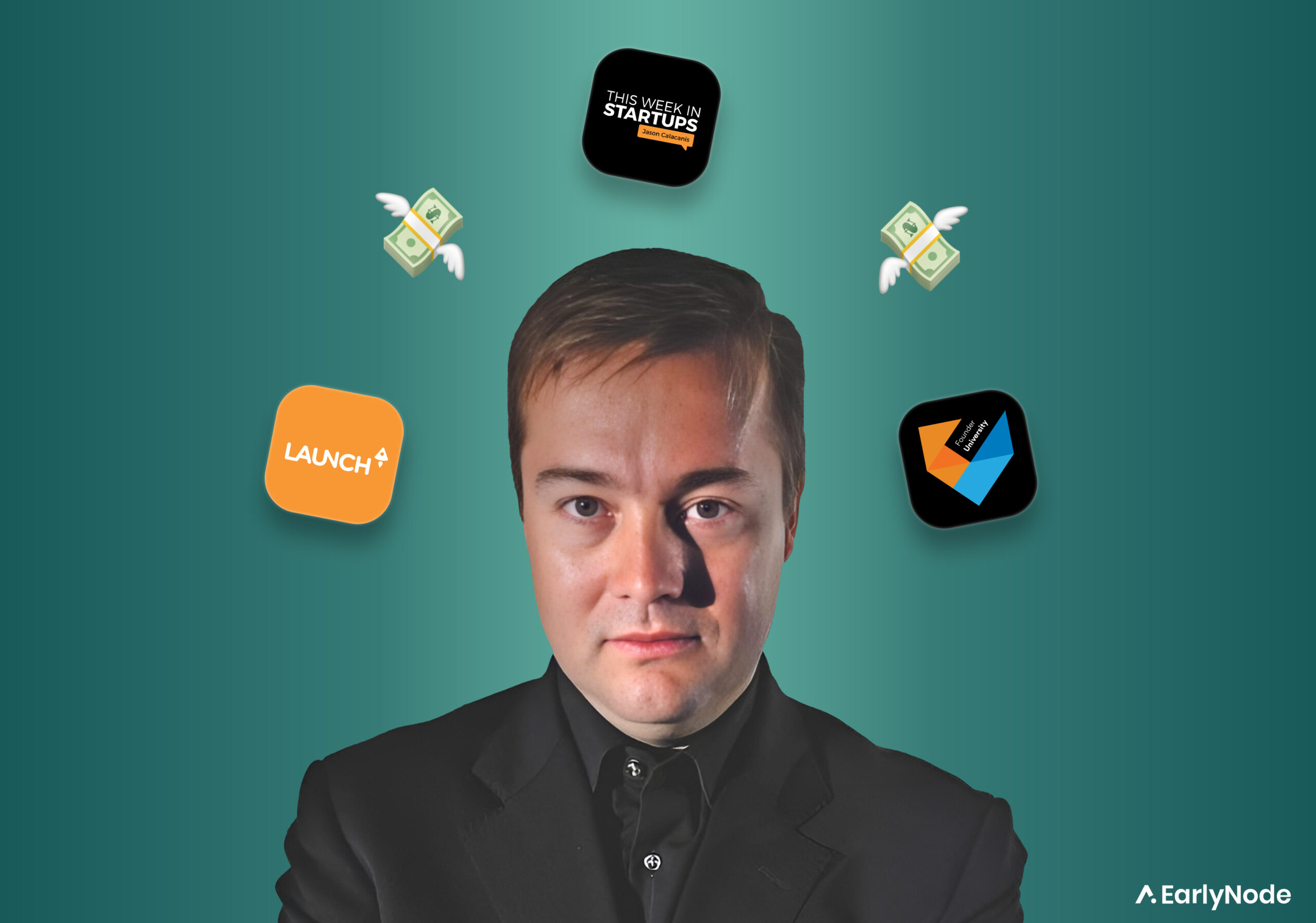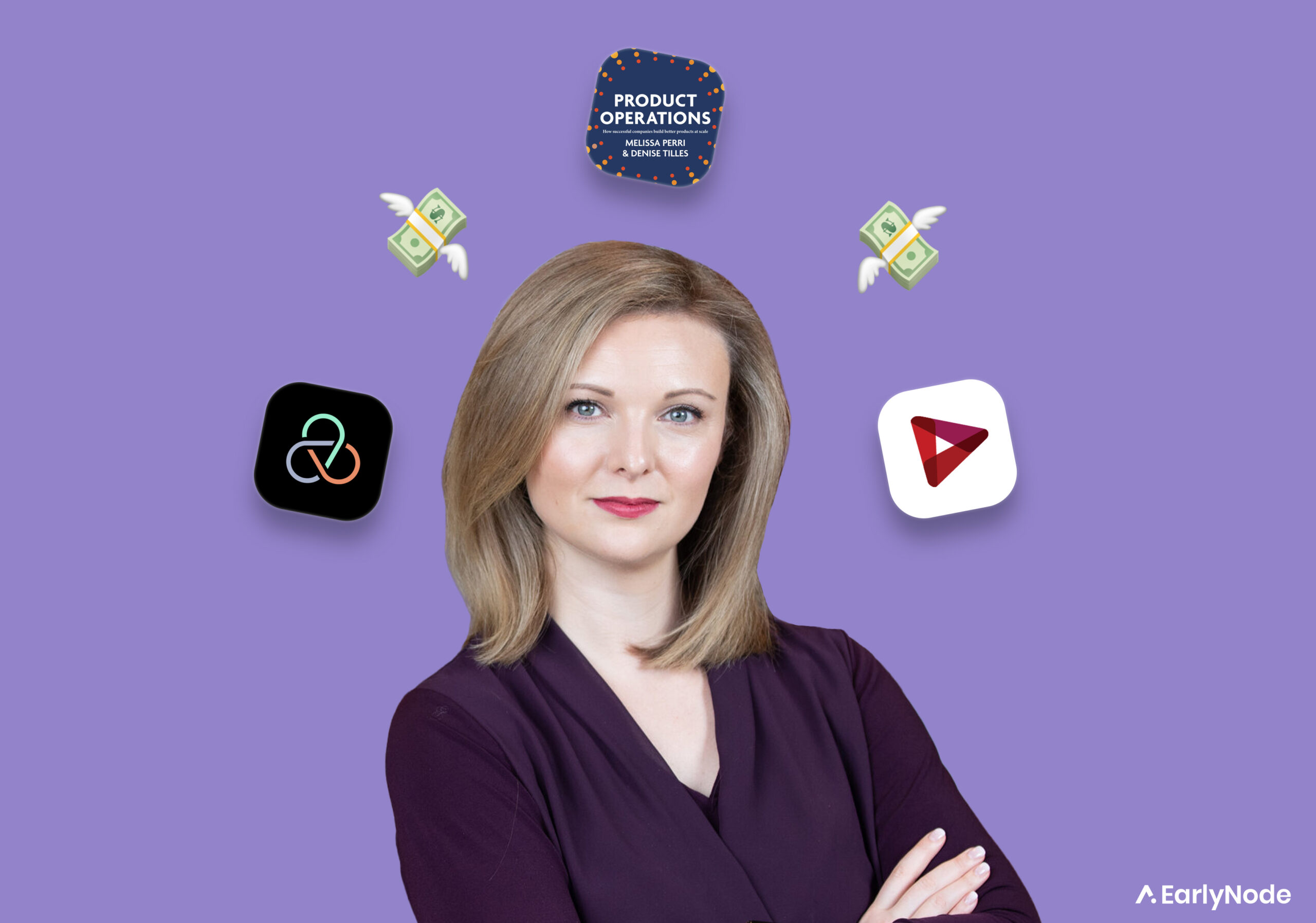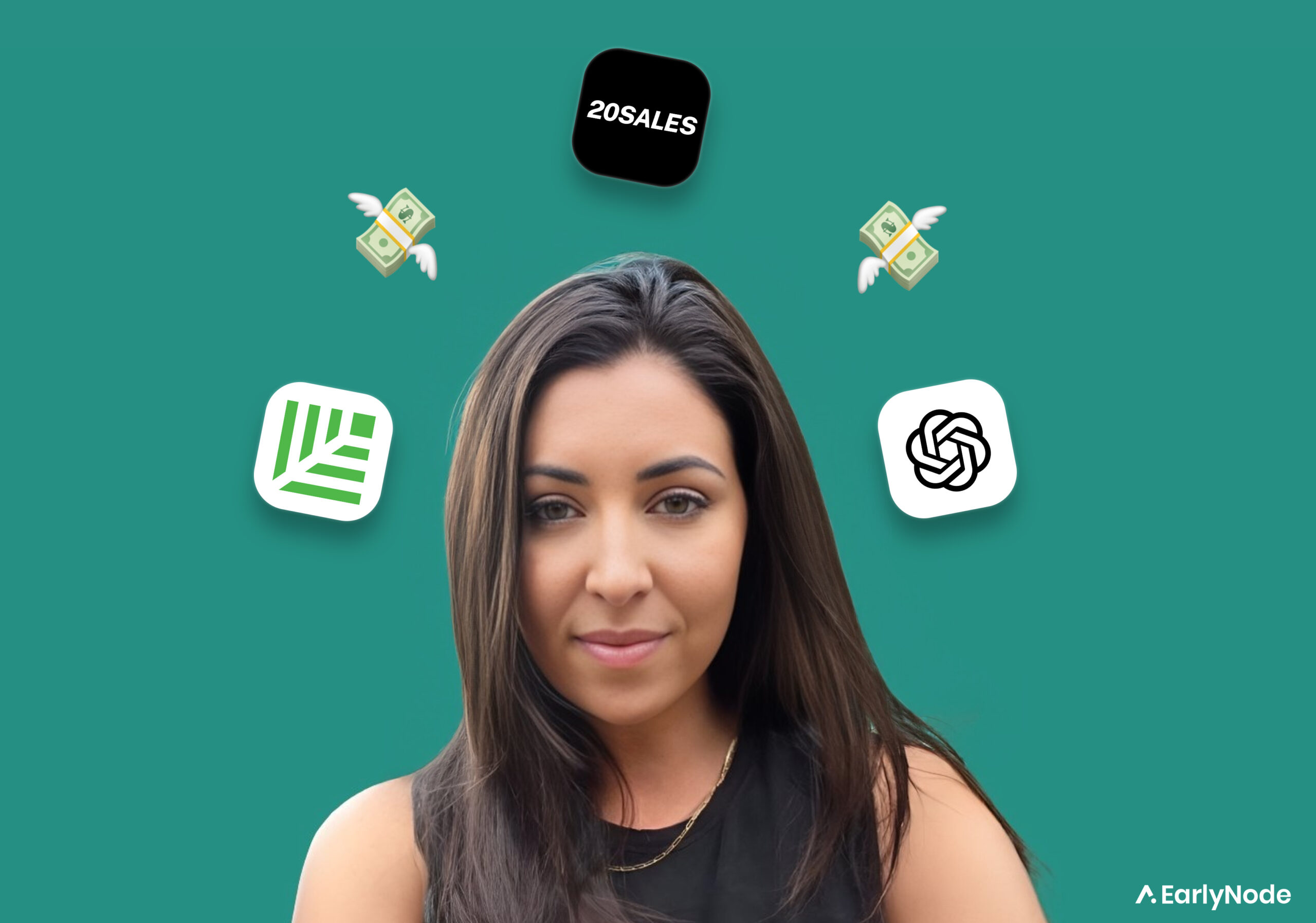The Framework for Turning Users into Champions with Eric Keating (Marketing VP @ Appcues)

Eric Keating is the VP of Marketing & Sales at Appcues. He has 15+ years of experience growing SaaS businesses, including Compete.com, which he helped reach 300k users. Eric is also a founding member of The Product-Led Growth Collective, a community-driven resource for PLG operators.
In The SaaS Operator newsletter from 11th June 2024:
- A look at the PLG Flywheel and its 4 main user segments
- How to steer your regular users towards champion status
- What progress looks like for each user segment
Acquiring new customers is awesome; getting them to pay for your product is even better. But the real prize is turning them into champions – the users who buy your product AND spread the word to everyone they know. So, how do you make that happen?
Eric and the Product-led Growth Collective dug deep to find out. They talked to over 50 companies and noticed some patterns. Top companies focused on two key things: improving the product experience and grouping users based on their goals. These insights led to the creation of the PLG Flywheel.
Today, we’ll show you how to use this flywheel to guide users from discovering your product to becoming its advocates.
The PLG Flywheel
The PLG Flywheel is a tool that helps you turn skeptical new users into raving fans of your product. The inner wheel groups users based on where they are in their journey, while the outer wheel shows the key actions users must take to move to the next stage.

The PLG flywheel has 4 main user segments: Evaluators, Beginners, Regulars, and Champions.
Evaluators: The First Date
Evaluators are users who browse through your product and compare it with competitors. They want to know that you understand their problem and have the right fix.
As most people do on first dates, evaluators take note of any green (and red) flags your product has. Nail your first impression with them, and it’ll set the stage for long-term success.
How to turn Evaluators into Beginners
Evaluators care about two main things: how easy your product is to use and whether it does what they need it to do. To move them forward, you need to:
- Show them the value, stat. Evaluators want a clear path to solving their most pressing problem, not an advanced manual or exhaustive tour.
- Have support on standby. If they want to dive deeper, be ready with in-app support, opt-in walkthroughs, and a knowledge base. But don’t drown them in the details.
- Let them experience your product in action. You can reel evaluators in with a nifty sandbox environment that lets them test your product with dummy data.
🔑 How to tell if your evaluators are becoming beginners:
Evaluators become beginners when they activate. So, track your activation events, which are the in-product actions that users experience as “aha moments.”
Beginners: The Honeymoon Phase
Beginners get your product’s value and are excited about it. Unlike evaluators, they’re not just testing it; they’re using it for real tasks.
Beginners also start to integrate your product into their workflows, which is exactly what you want. But they’re not quite ready for complex use cases yet. So, take it slow, let them enjoy the honeymoon phase, and make sure they get comfortable with the basics!
How to turn Beginners into Regulars
Beginners become regulars when they’ve used your product enough to form a habit around it. Here’s how to get them there:
- Build on the foundational knowledge they got as evaluators. Make sure extra resources like feature walkthroughs and product forums are easy to access for deeper learning.
- Make key tasks a breeze. Reduce friction in your product. Smooth sailing is the name of the game here.
- Show them how to do more with your product. Guide beginners towards features that can solve their secondary problems. As Eric put it, “connect the dots between your product and their day-to-day.”
🔑 How to tell if your beginners are becoming regulars:
Once beginners start depending on your product for specific tasks, it means they’re in the adoption phase and are becoming regulars. Determine what normal, healthy usage of your product looks like and track how many users fit the bill.

Regulars: The Long-Term Relationship
These are the users who’ve made your product their go-to. You could call them your product’s long-term partner.
Regulars fully understand your product’s core features and use cases. Some might have even mastered them. This makes them a gold mine for feedback! They’re also most likely to use your more advanced (and often pricier) features.
How to turn Regulars into Champions
To take regulars to the next stage, you must get them to adore your product. They can reach that point if you:
- Engage them frequently. Make time to talk to them, gather feedback, and show you care about their experience.
- Create high-value content that excites them. Share user success stories and deep dives into your advanced features to rekindle the spark with your regulars.
- Maintain the same level of support that drew them in. Regulars may not need as much hand-holding, but they might still need help with new or less-used features. So, offer the same proactive support as you would to new users.
- Don’t disrupt their workflows without a good reason! Regulars have fully integrated your product into their workflows, so any changes or issues can have a direct impact on their business.
🔑 How to tell if your regulars are becoming champions:
Regulars become champions when they adore your product. Measuring “adoration” can be tricky, but you can gauge it by tracking metrics like expansion MRR and NPS ratings and studying user feedback.
Champions: The Soulmates
These are the real MVPs – your loyal fans and biggest advocates.
Champions are usually your most engaged users. They genuinely enjoy your product, and that’s why they tell others about it—not just for extra rewards. Champions also support your product in private, like suggesting new features because they want it to evolve with their needs.
How to keep your Champions cheering for your product
Your champions already love your product, but you can’t take that for granted. To keep them advocating, you have to treat them right:
- Recognize them as the VIPs they are. Invite them to your customer advisory board, feature them in case studies, and make them feel valued.
- Give them special perks. Early access to beta programs, exclusive swag, a dedicated account manager, you name it.
- Make it simple for them to refer new users. They’re already doing it, but you can make it easier with a seamless invite flow or referral program.
🔑 How to tell how effective your champions are:
Champions are the main drivers of the PLG flywheel because they bring in new evaluators through their advocacy. To find out how effective your champions are, look at referral metrics like your Referral Participation Rate and K-Factor.





